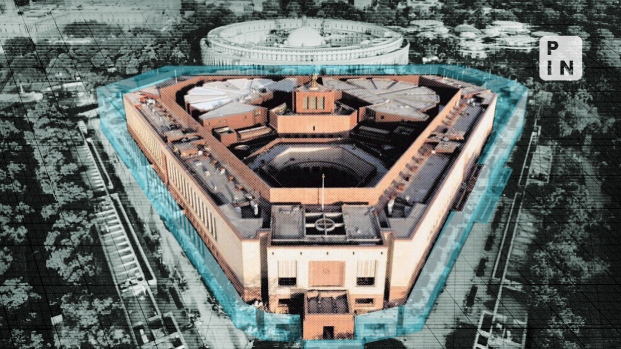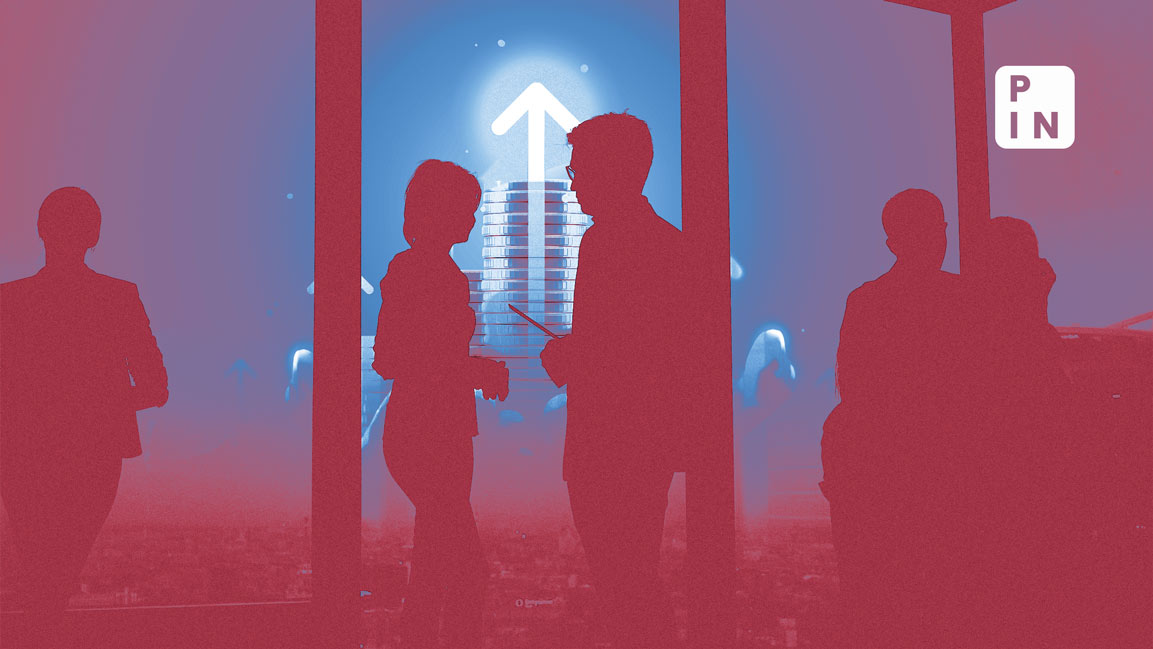- | 1:57 pm
Fresh start for new India as state-of-the-art Parliament building opens
The new building accommodates up to 1,272 seats and is equipped with advanced technical capabilities

India’s democracy has a new address.
Prime Minister Narendra Modi on Sunday inaugurated India’s new, state-of-the-art Parliament building, amid a boycott of the ceremony by 20 opposition parties.
“India is not only a democratic nation but also the mother of democracy,” Modi said as he dedicated the new building to the nation. “This is not merely a building but a reflection of the aspirations and dreams of 140 crore Indians,” Modi added.
“This is a temple of our democracy that gives a message of India’s resolution to the world,” he said, adding, “This new parliament building connects planning to reality, policy to realization, willpower to execution, and sankalp to siddhi.”
The call for a new home for India’s democracy was not merely about creating a larger, more technologically equipped space. Highlighting the obstacles encountered by parliamentarians in the old building, Modi cited instances of struggles arising from inadequate technical amenities and insufficient seating capacity in the House.
Emphasizing the long-standing discussions surrounding the necessity for a new Parliament, he underscored that the development of a new parliamentary facility had become imperative. Modi expressed his satisfaction with the inclusion of cutting-edge technology and the abundance of natural light in the new Parliament House.
The original Parliament House, an iconic symbol of Indian democracy, was inaugurated on January 18, 1927. Its design, a collaborative effort between British architects Edwin Lutyens and Herbert Baker, has been at the center of Indian legislative activity for nearly a century. Over these decades, the historic building has housed seminal debates, seen the passing of landmark bills, and echoed fervent speeches that reflect the vibrant democracy that is India.
Yet, time unveiled the limitations of this grand structure. The existing infrastructure, which harks back to the pre-digital era, was unable to meet the rapidly evolving technological needs of modern governance. Maintaining the structural integrity of the ageing building also posed significant challenges.
Speaking on the occasion, Modi remarked that there are few moments in every nation’s history that are immortalized. The prime minister said that May 28, 2023 has become one of the days as the “people of India have given themselves a gift for the Amrit Mahotsav.”
Most opposition parties, however, stayed away from the function on Sunday, arguing that President Droupadi Murmu should have presided over the function, and not Modi.
A glimpse of the new parliament:
Building facilities
The new Parliament building, with a seating capacity of 1,272, is fitted with cutting-edge technical specifications. Each MP seat is equipped with multimedia display units, biometric systems for seamless voting, a digital language translation system, and programmable microphones, exemplifying the state-of-the-art features integrated into the new complex.
Designed to complement the old building and function as a unified ensemble, the new building features a triangular shape optimized for efficient land utilization. The new Parliament building spans across three floors and boasts a substantial built-up area of 65,000 sqm. Notably, the Lok Sabha chamber will accommodate 888 seats, a significant increase from the current 543 seats, and can be expanded further to accommodate up to 1,272 seats.
In the absence of a Central Hall, which served as the central hub in the old building, the Lok Sabha will now serve as the venue for joint sessions of both Houses.
The Lok Sabha chamber, inspired by a peacock theme, showcases intricate designs representing the national bird’s feathers on the walls and ceiling, while the Rajya Sabha chamber is adorned with a lotus theme and red carpets.
Going green
Green construction techniques have been employed to reduce electricity consumption by 30%, and the building incorporates rainwater harvesting and water recycling systems. It has been designed to be earthquake-safe, meeting the requirements for Delhi’s seismic zone-V.
The new Parliament building houses a Constitution Hall documenting the journey of Indian democracy, along with facilities such as a lounge, dining hall, library, and a central courtyard with a banyan tree. Additionally, it includes six committee rooms and 92 offices for the Council of Ministers, compared to three committee rooms in the old building.
Symbolizing the nation’s identity, the building features the national emblem–the iconic Lion Capital of Ashoka–weighing 9,500 kg and standing at 6.5 meters in height. A massive bronze structure was constructed in the central foyer to support this national emblem. The entrance showcases the Ashoka Chakra and the words ‘Satyameva Jayate’ carved in stone.
Construction phase
While the exact cost of the new Parliament remains undisclosed, the project has seen revisions in the estimated cost, with the initial contract awarded to Tata Projects. The construction process generated significant employment and utilized materials such as steel, cement, and fly ash.
Aligned with the building’s environmental focus, records and proceedings are being digitized, and tablets and iPads will be integrated into the parliamentary processes.
Reflecting diversity
India’s new parliament building showcases a rich tapestry of materials from various regions across the country. Carpets from Mirzapur in Uttar Pradesh, bamboo flooring from Tripura, and stone carvings from Rajasthan adorn the grand structure.
To construct the building, teakwood was obtained from Nagpur in Maharashtra, while the renowned Sarmathura in Rajasthan supplied the striking red and white sandstone, which has been used in iconic landmarks like the Red Fort and Humayun’s Tomb in the national capital.
The new building features Kesharia green stone from Udaipur, red granite from Lakha near Ajmer, and white marble sourced from Ambaji in Rajasthan, contributing to the building’s visual allure and elegance. Furthermore, for the false ceilings in the Lok Sabha and Rajya Sabha chambers, the steel structure was specifically procured from the union territory of Daman and Diu.
Stone ‘jaali’ (lattice) works sourced from Rajnagar in Rajasthan and Noida in Uttar Pradesh add intricate detailing to the building’s aesthetics.
Stone carvings
The materials for the Ashoka Emblem were sourced from Maharashtra’s Aurangabad and Rajasthan’s Jaipur. The Ashok Chakra, prominently adorning the walls of the Lok Sabha and the Rajya Sabha chambers, as well as the exterior of the parliament building, was procured from Indore in Madhya Pradesh.
The intricate stone carving work was skilfully executed by sculptors from Abu Road and Udaipur, with stone aggregates sourced from Kotputali, Rajasthan.
During the construction process, manufactured sand (M-sand) from Charkhi Dadri in Haryana was utilized to create a high-quality concrete mix. Additionally, fly ash bricks were procured from Haryana and Uttar Pradesh, and brass works along with pre-cast trenches were sourced from Ahmedabad, Gujarat.
The furniture used in the new building was crafted in Mumbai.










